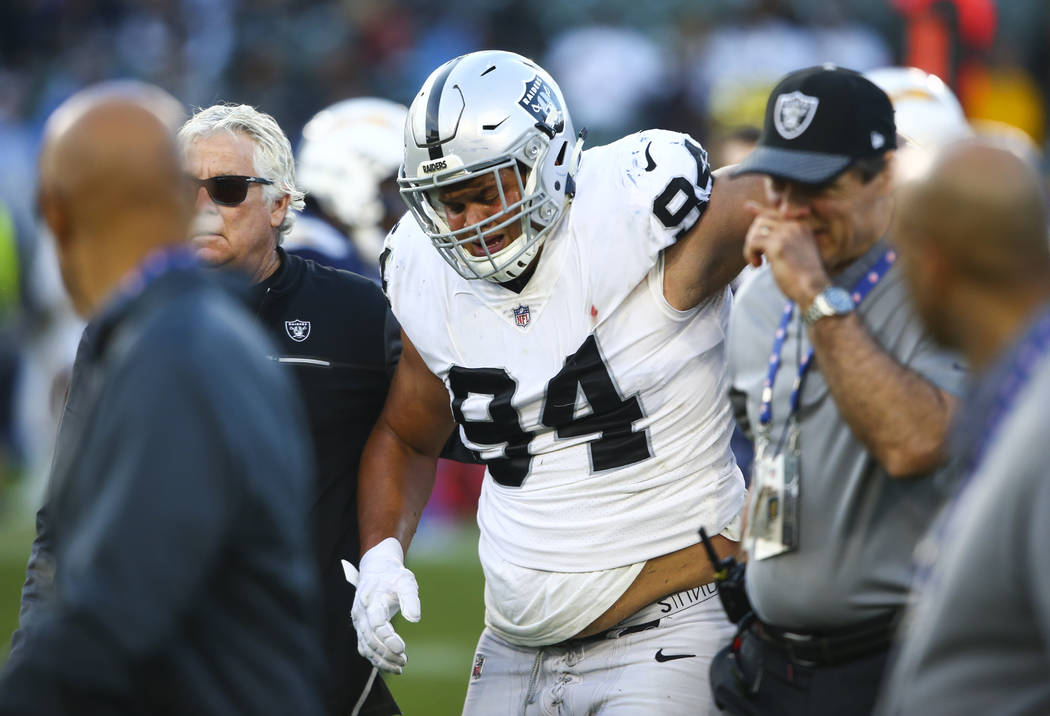Sports Betting 101
As our Sports Gambling 101 glossary of terms illustrates, betting odds are posted in many different styles and prices. Beyond standard point spread and game total options, bettors also have access. The first step is learning how sports betting works and understanding some of the language and terminology that bettors use. Over the coming days and weeks, we will be using this space to discuss several Sports Betting 101 topics. How to Bet on Hockey. Hockey betting in the United States is far from the most popular sport in the land, but ever since the gambling capital of the country – Las Vegas – got a team in, the Golden Knights, in 2017, interest in hockey betting markets has picked up. Thanks to the Supreme Court's reversal of the Professional and Amateur Sports Protection Act in May 2018, legalized sports betting in the United States is now open and available to any state that wants to.
Understanding the different types of betting options is crucial when you’re getting a start as a first-time sports bettor.
The Point Spread: Betting the spread
For those new to sports betting, the point spread is the simplest, most straightforward approach to placing wagers.

Sports books set a predetermined margin of points on a game and a team must win – or not lose – by that set number. That’s why you’ll often hear people say the team won, but they “didn’t cover the spread” so their bet still came up short.
It’s not a matter of a team winning or losing like in a moneyline bet.
Sports Betting 101 Moneyline
For a favorite: The favorite must win by more than the point spread.For an underdog:
Sports Betting 101
The underdog must outright win OR lose by fewer than the point spread.Sports books aren’t in the business of predicting who will win or lose games. Their goal is setting a pre-game point spread with the intention to generate an equal amount of betting action/volume on both sides of the ledger – as much total money being bet on the favorite as on the underdog.
The vast majority of point spread wagers are made on football and basketball because of the proliferation of points that are scored in comparison to sports like baseball and hockey, where 1-0 or 2-1 games aren’t that out of the question or out of the norm. There’s one every night.
Sports Betting Tutorial
For example, the New England Patriots are playing the New York Jets and New England is a 9½-point favorite. Bettors typically have to spend $110 or so to win $100 with sports books, known as “the house edge/advantage.” With a point spread bet, simply having a team win the game isn’t the key. The critical factor to betting a point spread is how much a team wins or loses by. If a wager is placed on New England – “laying” the 9½ points – the Patriots need to win the game by 10 or more points for that bet to pay off. If New England wins 28-20, those betting on the Jets plus 9½ points (points added to their final total) win the bet.
The same general rules apply for basketball and are quite easy to follow because of the inherent simplicity of the bet. When it comes to betting sports like baseball and hockey, the standard bets are made on the “money line” – an established number for both teams to win the game outright.
What makes point spread bets attractive are the fluid nature of each game – it’s a reality show that, when done right, is inexplicable. Games change on one play and momentum is a thing. But, when it comes to point spread betting, you know where you stand at every moment.
For those just starting out, the simplest form of gambling is betting the spread because it’s the easiest to explain and understand, which explains why it is the most popular form of sports wagering.